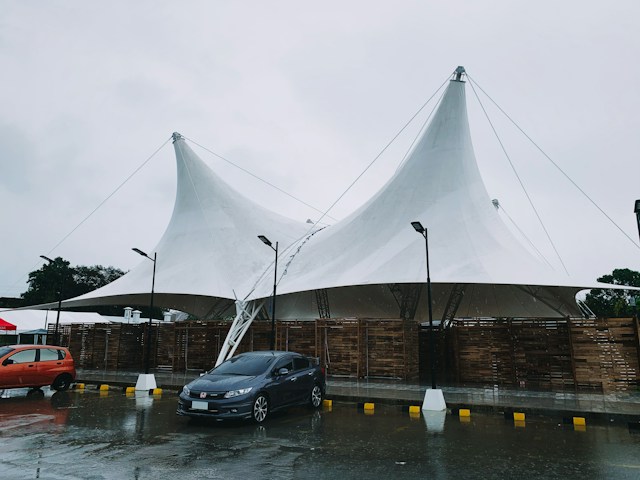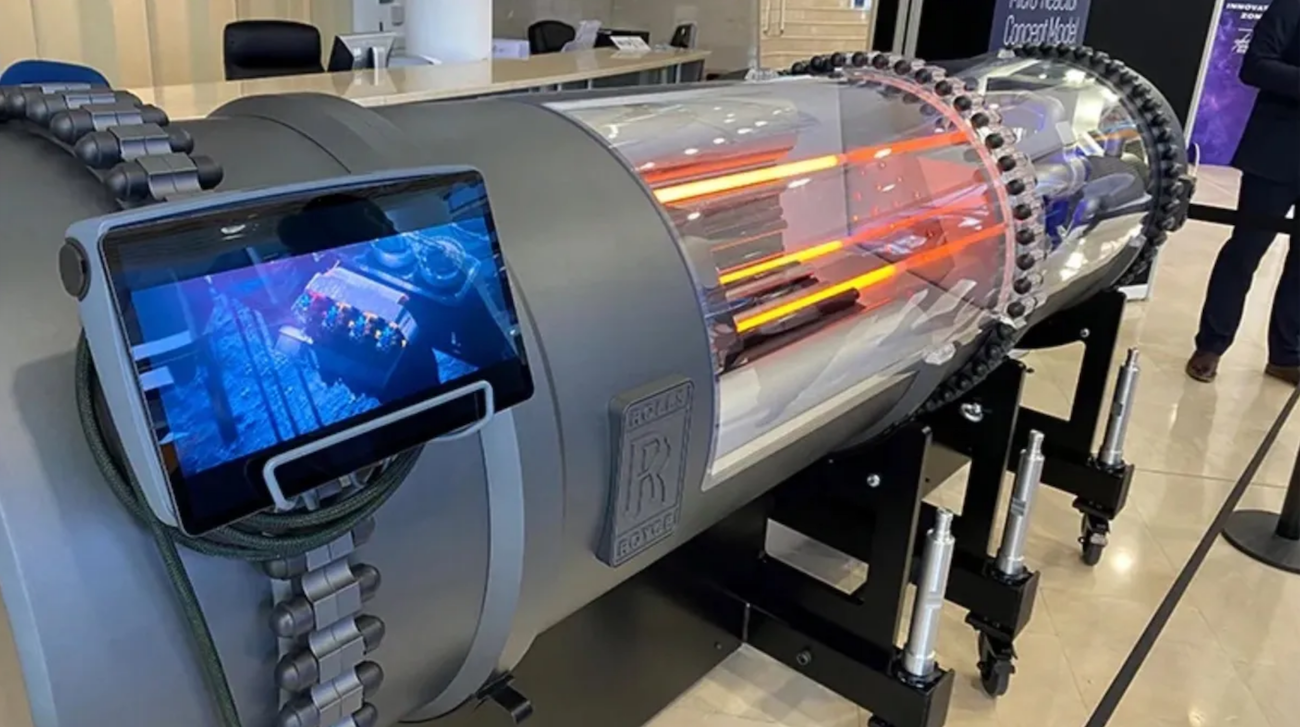Smooth running properties and low noise levels are becoming increasingly desirable as many ports and industrial sites are moving closer to residential areas, and travel speeds are ever-increasing.
Indoor and outdoor cranes, as well as conveyor systems need to be relatively noiseless and energy efficient, while also being reliable, safe, and capable of getting the job done.
As a result, the demands made on companies to produce quiet, more energy efficient products are increasing all the time.
One company, igus® developed the rolling cable carrier over a decade ago which provided a successfully designed safe solution for the transmission of energy and data in crane and conveyor applications. Since 2006, igus® Energy Chain Systems® have proven their abilities in the most demanding crane applications in the world, equipping more than 2,500 RTG and RMG cranes worldwide.
However, recognizing the growing trend towards more smooth, quiet operation, igus unveiled a completely new generation of rolling Energy Chain Systems® after three years of rigorous research and development.
New System P4 For Smooth, Quiet Operation:
The low-maintenance System P4 is a modular system that makes safe energy and data transmission possible over very long distances up to 3,280 feet, or 1,000 meters. Specially developed for indoor or outdoor crane and conveyor systems, it is particularly quiet and wear-resistant at high speeds and high fill-weights. Thanks to the use of additional center links, there is practically no weight limit. System P4 is also particularly well suited to high-speed applications, and has been successfully operated at speeds up to 23 ft./s on a 410 foot test fixture at the igus test laboratory.
How It Works?
The design of the P4 Energy Chain® causes the upper and lower runs of the chain to roll offset from one another. This means that the plastic profile rollers do not roll directly over each other like conventional roller energy supply systems, but rather travel on a consistent, flat surface, decreasing vibration and total system noise.
This innovative design technique ensures that there are no bumps, which would lead to noise and vibration.
The combination of the comb-like AUTO-GLIDE crossbars and the special trough system, reliably guide the igus P4 Energy Chain over long travels where speeds can reach up to 10 m/s and fill weights of up to 30 kg/m. Typical applications are found on cranes, plant equipment, materials handling technology and mining.
The coefficient of friction of the system is reduced from 0.3, for a standard gliding system, to less than 0.1 for a rolling one. This correlates to a 37 percent reduction in drive power with the P4 Rol E-Chain® when compared to a traditional gliding system, leading to a decrease in overall energy costs.
Additionally, the pitch of the chain links is now identical with and without rollers, allowing the chain to achieve particularly smooth, vibration-free movement in the chain’s radius.
The abrasion-resistant and quiet P4 Rol E-Chain® from igus® requires 57% less drive power for applications moving at 10 feet/second and faster. When traveling at a distance of 130-160 feet, electricity costs are noticeably lower and higher speeds and accelerations can be achieved without increasing the noise level.
Lower Energy Costs & Noise Levels, With Higher Speeds:
Cable carrier systems not only transport energy data and media to various types of machines, but also greatly influence energy costs. To keep energy costs low, one important consideration is the amount of push-pull forces, or drive force, which is required at a given speed to move the cable carrier. Energy Chain® carriers, combined with Chainflex® continuous-flex cables from igus can reduce the required drive power, energy consumption, and costs for environmentally conscious applications.
Igus® P4 “Rol E-Chain®” is designed with built-in wheels that roll the system over itself instead of gliding, to facilitate travel over long distances.
Recent tests and sample calculations performed at igus®’ test laboratory prove that energy consumption can be drastically reduced by simply using the correct cable carrier system, especially in long-distance, high-load applications.
Using high-performance sheathing and insulating materials, depending on the combination of cross-sections and number of cables used, can provide between a 5 and 30 percent reduction in energy. High-quality sheathing materials can be extruded with an extremely thin wall, which saves both size and weight. In addition, these insulating materials can often allow for reduction in conductor cross-section without compromising the electrical performance. These factors enable weight reductions of up to 30 percent when compared to conventional cables, which serves to reduce the required drive power.






